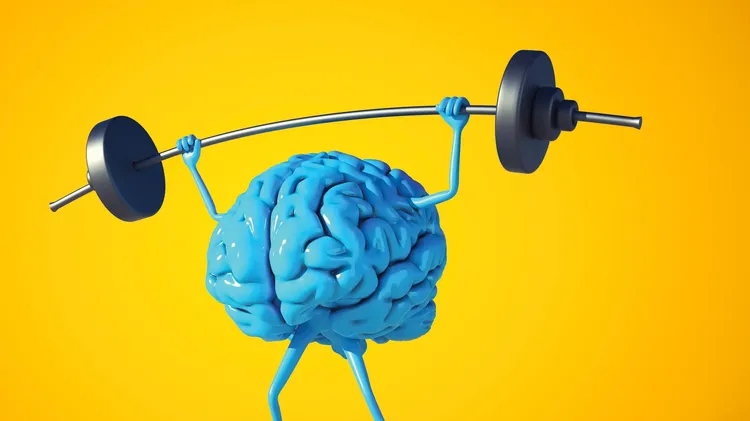First, Elon Musk wanted to make electric cars ubiquitous, then h
When mind and machine collide
11 min read
This article is from...
Read this article and 8000+ more magazines and newspapers on Readly






